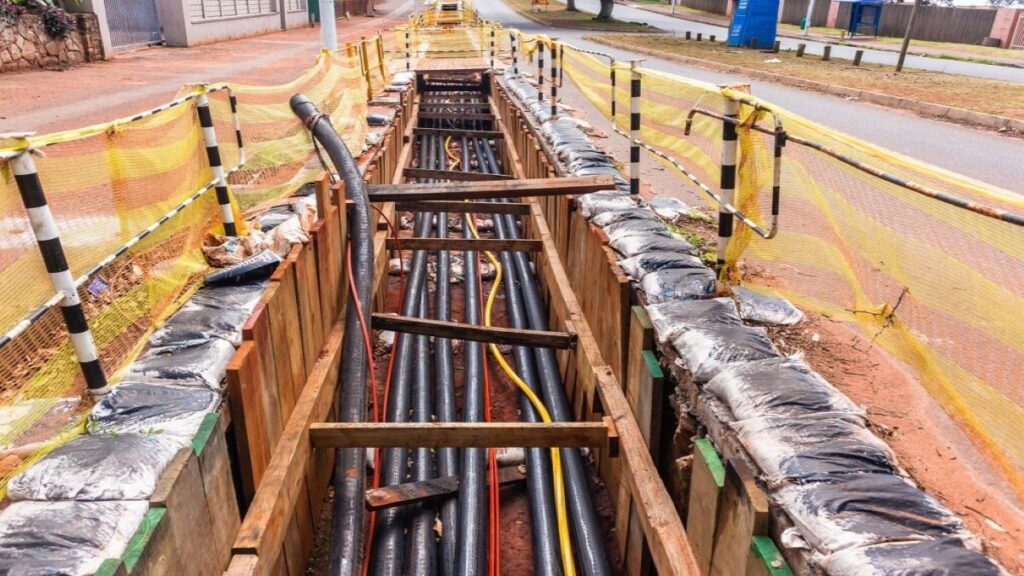
In the Middle East, electrical cables are essential for the safe and efficient transmission of electrical power. Cables come in a variety of ranges, each designed for specific electrical requirements. Understanding the different ranges of cables available is essential for ensuring that the right cable is used for the job, which can lead to increased efficiency, cost savings, and reduced downtime. Additionally, laying cables underground is a common practice in the Middle East, as it provides many advantages over above-ground methods.
Firstly, let’s examine the different ranges of cables available for electrical requirements. One of the most common types of cables is low voltage (LV) cables. These cables are suitable for use in low voltage systems, which typically operate at voltages of up to 1000V. LV cables are used in a variety of applications, including power distribution, lighting, and heating systems.
Medium voltage (MV) cables are another type of cable available in the Middle East. These cables are designed for use in medium voltage systems, which typically operate at voltages of between 1kV and 35kV. MV cables are used in a variety of applications, including power distribution, power transmission, and industrial processes.
High voltage (HV) cables are another type of cable available in the Middle East. These cables are designed for use in high voltage systems, which typically operate at voltages of between 35kV and 400kV. HV cables are used in a variety of applications, including power transmission, substation connections, and underground power networks.
Now let’s take a closer look at why laying cables underground is the most efficient method for electrical transmission in the Middle East. One of the primary advantages of underground cables is that they are less susceptible to damage from environmental factors such as wind, rain, and lightning strikes. Above-ground cables are much more exposed to these hazards, and are more likely to fail as a result.
Underground cables are also less prone to interference from other electrical sources, which can cause signal degradation and power loss. This is particularly important in densely populated areas, where there are many sources of electrical interference.
Furthermore, underground cables have been shown to be more reliable than above-ground cables. A study conducted by the National Renewable Energy Laboratory (NREL) found that underground cables have a failure rate of less than 1%, compared to an above-ground failure rate of 4-5%. This makes underground cables a more cost-effective solution in the long term, as they require less maintenance and fewer repairs.
Another benefit of underground cables is that they are less visible than above-ground cables, which can be a significant aesthetic consideration in many areas. Underground cables also have less impact on the environment, as they do not require the clearing of trees and other vegetation that above-ground cables often do.
In conclusion, understanding the different ranges of cables available in the Middle East is essential for ensuring that the right cable is used for the job. Additionally, laying cables underground is the most efficient method for electrical transmission in the region, providing numerous advantages over above-ground methods. Real studies have shown that underground cables are more reliable, less susceptible to damage, and have a lower failure rate, making them a more cost-effective and sustainable solution.
FOR MORE INFO VISIT: WWW.TECHNICALHANDS.COM
References:
National Renewable Energy Laboratory (NREL). (2017). Underground Transmission Lines. https://www.nrel.gov/docs/fy17osti/68528.pdf
General Cable Middle East. (n.d.). Types of Cables. https://www.generalcableme.com/types-of-cables
